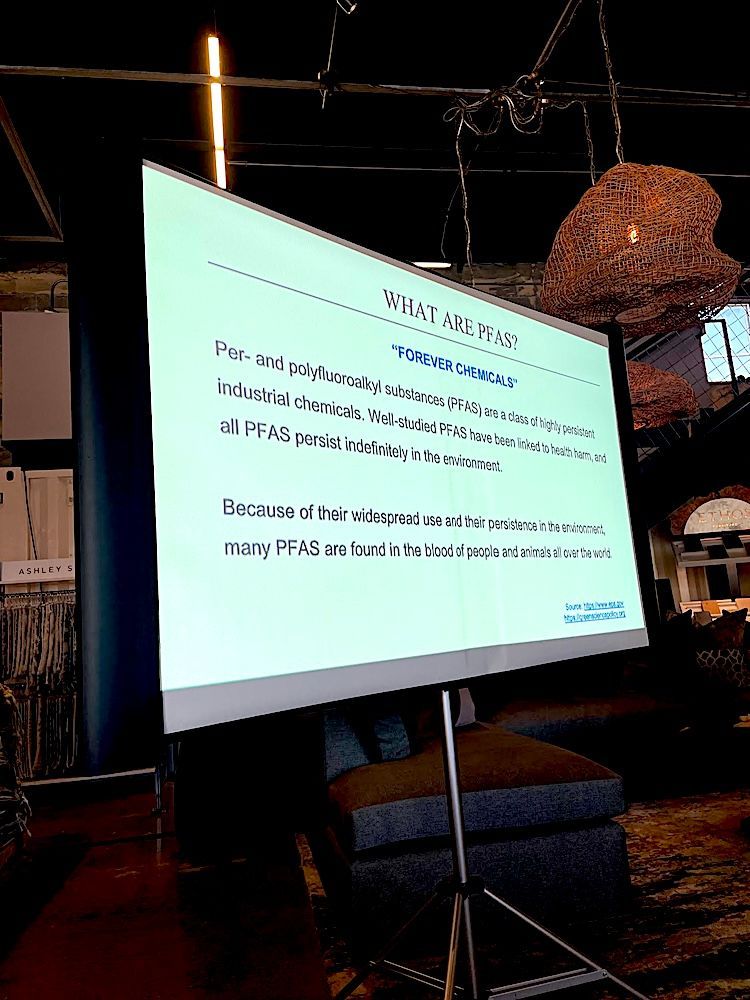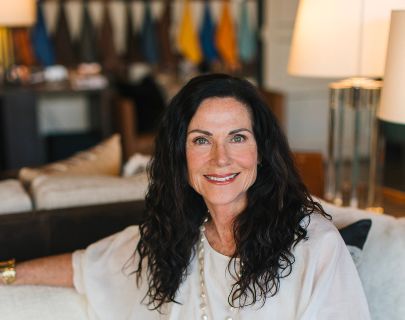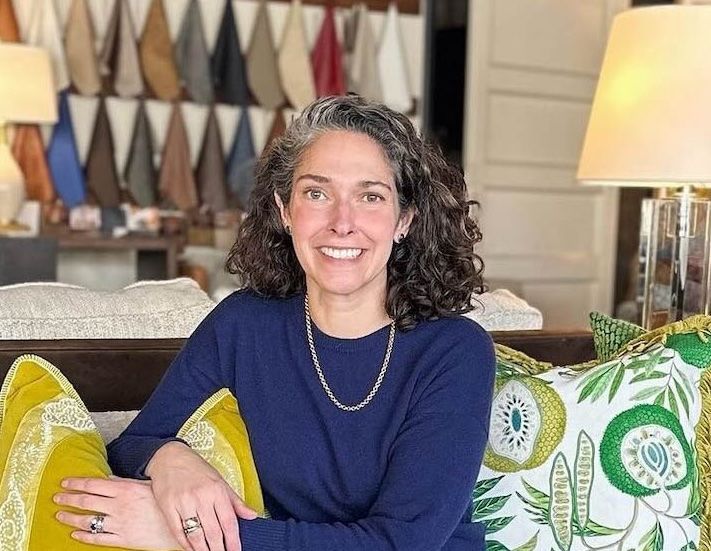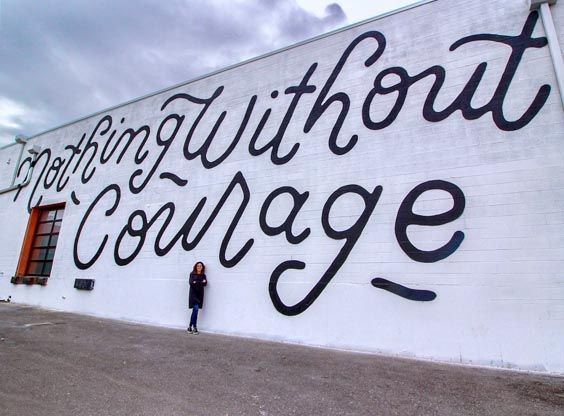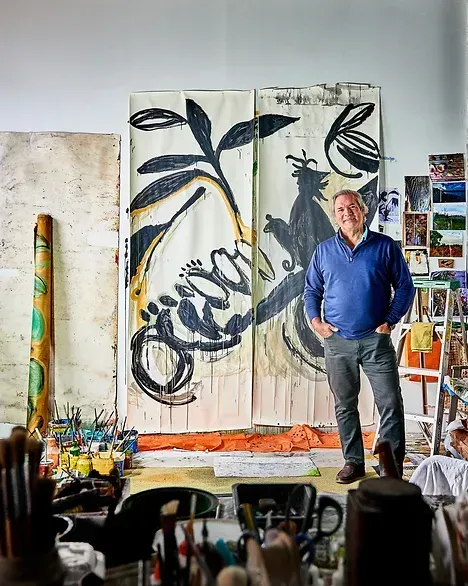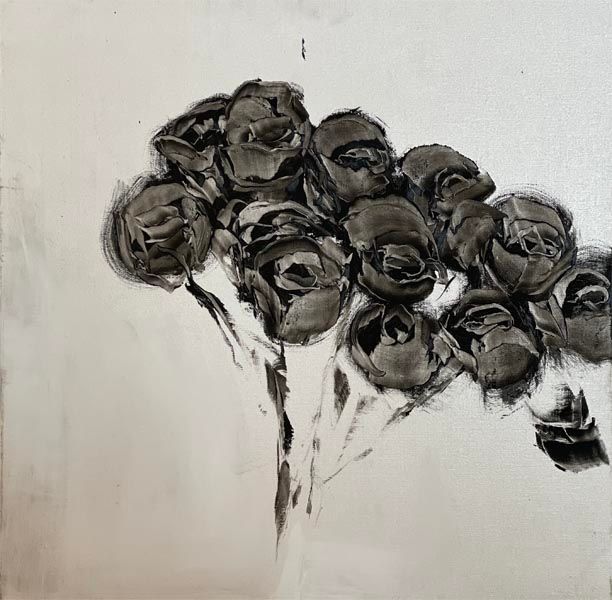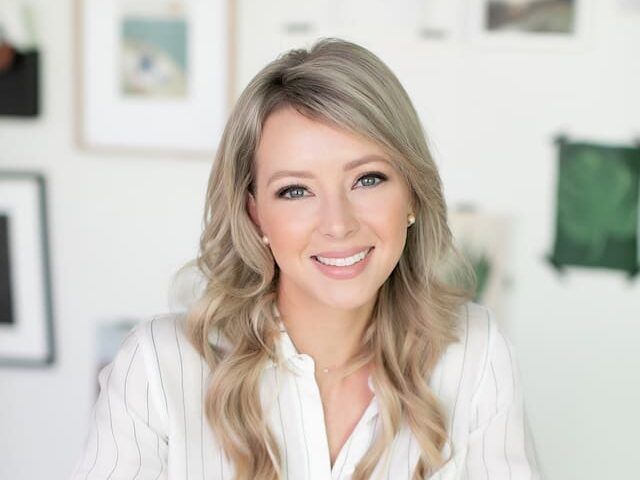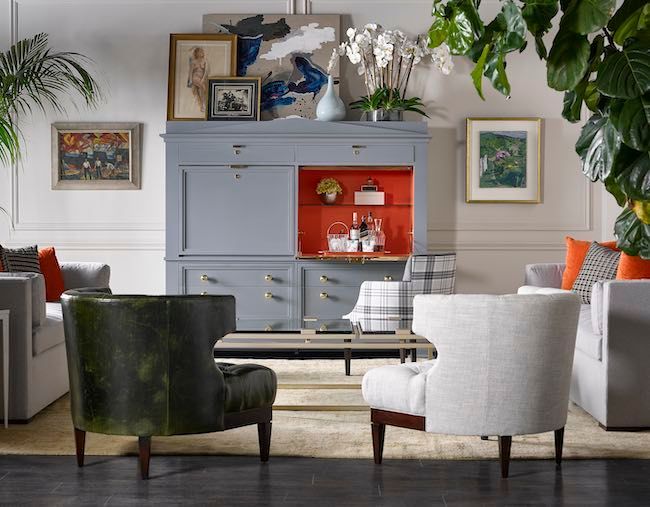Wecome Spring Event with new non-toxic design choices
Learning how to design without dangerous chemicals

The industry panel of experts on sustainable design choices, moderated by Kathryn Soter of the GFDA.
From left to right: Courtney La Voie of Gensler, Kym Baugess of Carroll Leather, and Jeri Hobdy of Meno (photo by Stephanie Tomasky). All are in the business of creating a better world through the power of design.
The event took place on March 19th - the first day of spring - at the Design Wright Studios showroom in RiNo. It was co-sponsored by DWS, the GFDA, Meno, and Studio M. Invitations went out to Denver's design community.
The impetus for the event was to discuss the roll-out of Colorado's HB22-1345, a bill passed to regulate the sale and use of PFAS, sometimes known as "forever chemicals". The first phase of the roll-out began in January 1, 2024 and prohibits the use of these chemicals on carpets and fabric treatments, among other consumer products.
PFAS (perfluoroalkyl and polyfluoroalkyl chemicals) are used for everyday items as varied as microwave popcorn bags, water-repellent clothing, firefighting foam, cosmetics, shampoos, toys,and even dental floss. One of the chemicals is widely known by the brand name Teflon. In the design industry, PFAS are used to treat fabrics to repel stains. But the chemicals are virtually indestructible and do not fully degrade, accumulating in the environment and the human body. Harm from these chemicals include liver and immune damage, birth defects, developmental problems, and cancer. PFAS have become so pervasive that the EPA, in April 2024, issued rules that drinking water systems must reduce exposure to these chemicals to near-zero levels.
But there are alternatives to PFAS, and the panel of experts discussed why the design industry needs to switch today to these alternatives. To demonstrate the effectiveness of these alternatives, well-known Boulder artist Kristen Abbot stretched two canvases in front of the gathering. One canvas was treated with a non-toxic fabric spray, and other was left untreated. Kristen then "painted" the canvases with non-traditional paints made from foods and liquids, such as might be found in a home. The paints slid right off the treated canvas (!) - but the untreated canvas became a work of Kristen's art and was auctioned off at the end of the evening.
Though a sober reminder of the hidden perils in our homes, the event showed a path forward into the future - and what role sustainable design will play in arriving at that future.

